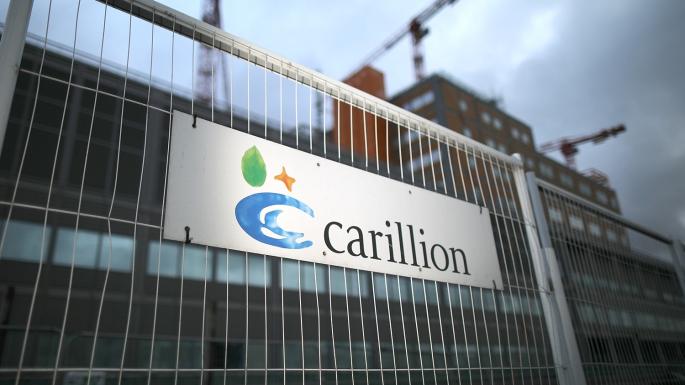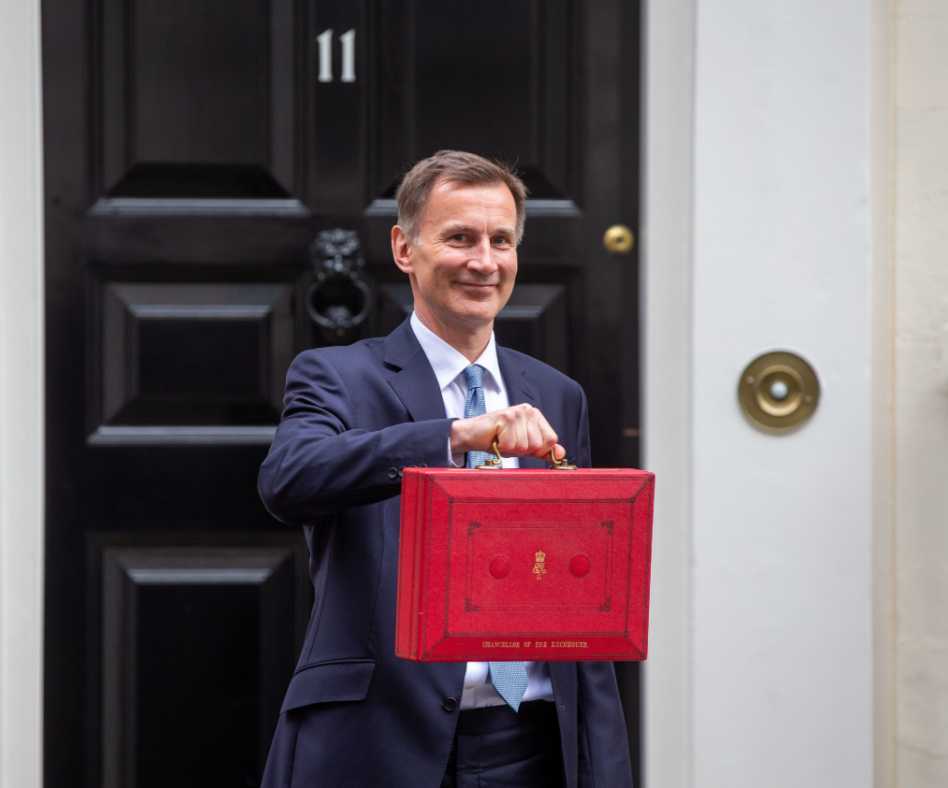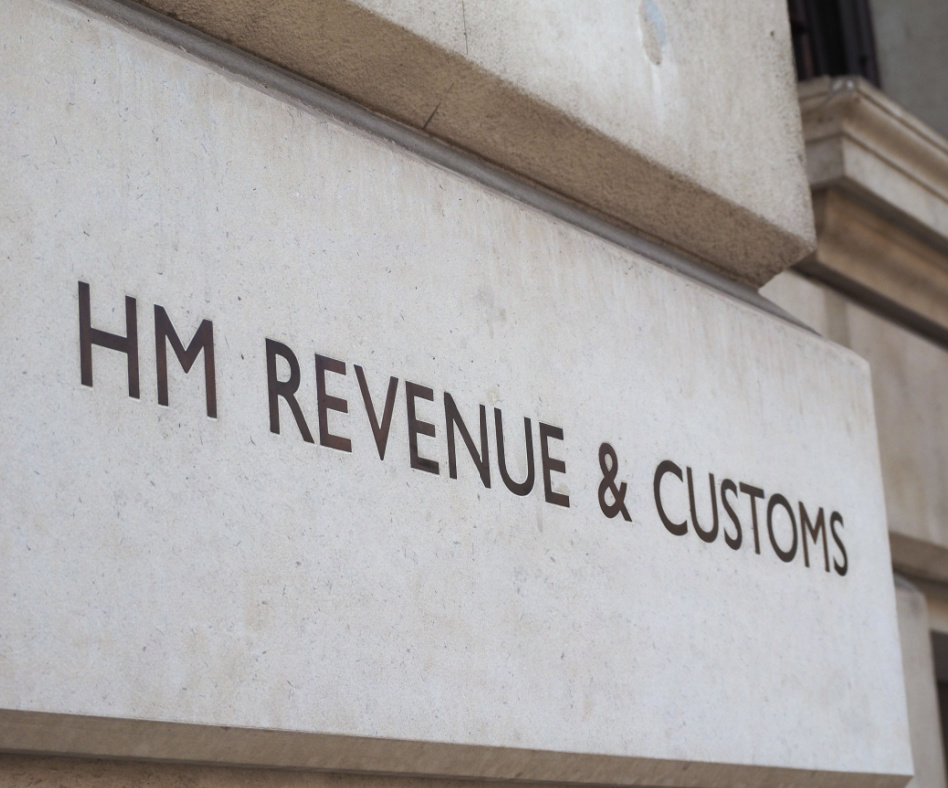However, these HMRC estimates were based on Office for Budget Responsibility (OBR) estimates for wage growth from March 2021, which have since changed significantly. Parliament has also frozen current long term tax thresholds, as well as ever-increasing inflation appearing on the scene.
HMRC’s estimated number of higher rate taxpayers was based on a 0.9% growth in total wages, followed by an increase of 2% the following year (2021/22) giving a combined increase of 2.9%. However, OBR’s new estimate of wage growth of 2.6% in 2020/21 and 7.5% in 2021/22 provides a combined increase of over 10%. A difference of 7.1% in wage growth between the two.
Why is this happening? Steve Webb, a former pensions minister, suggests: “There is no doubt that freezing tax allowances and thresholds is the ultimate stealth tax. No minister has to announce a rise in tax rates, but tens of millions of people pay more tax, and millions of those will even be dragged into higher tax bands purely because of wage inflation.”
“This is certainly not a transparent way of raising extra tax revenue. However, it does mean that millions of people now have a much bigger incentive to put more money into their pensions, potentially enjoying double the rate of tax relief on any contributions.”
It is also expected that this rapid wage growth will continue for another three years, coupled with a freeze on tax thresholds, which could bring a further 1.5m people into higher rate tax by the time of the next election, making a total of, 2.5 million in total. As a result, more than 1 in 5 taxpayers will be paying a higher rate in 2024/25 compared with fewer than 1 in 10 in 2010/11.
If you would like to look at ways of reducing your tax bill and avoiding suffering the 40 or 45% tax rate, then please contact us.




















































